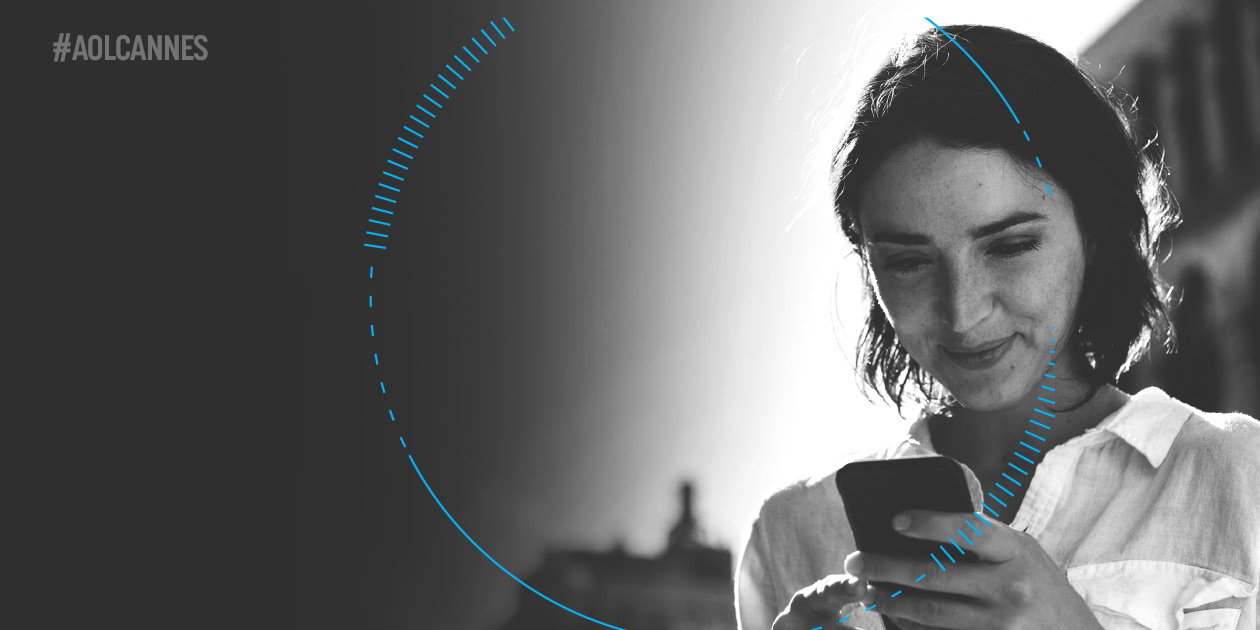As the thousands of nominees for Cannes Lions 2016 know, inspiration can come from anywhere— when you’re in the shower, playing ping pong at the office, or enjoying happy hour with your team. However, most great ideas are ignited by a deep understanding of your audience. How do they live? What motivates them? What inspires them?
A strong foundation of consumer knowledge provides creatives with the quality canvas they need to paint inventive, compelling and impactful branded content concepts. It’s time to open up your creative process and let the consumer become your muse. Here are the four best ways to achieve your marketing goals by letting audience insights guide your branded content.
Hit the right tone and voice
You first need to understand how various categories of content impact user mindsets. With this understanding you can aim to speak to a consumer’s positive mindset with more uplifting content, and avoid the negative. Take, for instance, DreamRite, a natural, over the counter sleep-aid to help adults with sleeping issues. Through research, the company learned that the health and wellness category evokes both positive and negative feelings in consumers. It can give users feelings of calm, tranquility, and peace, but it can also elicit negative mindsets — like confusion or feeling overwhelmed.
Using these insights, DreamRite created content that helped consumers feel empowered and assured, steering away from content that would feed their negative mindsets about their health concerns. Rather than, “Ways to know you have sleep insomnia,” DreamRite spoke positively with headlines such as “Guide to relaxing before bedtime” and “Ways to improve sleep.”
Make content that’s relevant for your audience
Leverage not only demographic and behavioral insights, but the full scope of motivations that drive people to interact with certain types of content. When consumers are reading content online, they have a variety of different motivations. When in a ‘Find’ moment, they’re seeking answers— they’re focused and ready to act. However, when they’re in a ‘Comfort’ moment, they’re often tense and frustrated and are seeking insight that will help them gain a better understanding about a topic. Finally, when in an ‘Inspire’ moment, customers are seeking fresh ideas and ready to try something new.
By planning around consumer behavior in these various moments, advertisers can develop content that drives them toward engagement.
Know the topics your audience cares about most
For the uninitiated, the MaxDiff technique ranks content ideas by assigning them with a consumer interest score, so advertisers can better understand their appeal and relevance against key audiences, then guide and shape their branded content programs accordingly.
To explain how it works, DreamRite ran their content concepts through the MaxDiff analysis. Results from the pre-test showed that healthy sleep, dreams and optimizing sleep ranked the highest in appeal and relevance, while sleep devices and disease ranked the lowest. Knowing this, the company was able to maximize engagement among the broadest part of their target audience by focusing on the content categories their audience cared about most. After building trust and relevancy among its larger audience, DreamRite could then proceed to address the niche market interested in sleep devices and diseases.
Ask specific questions to clarify and strengthen your content
Custom category and brand research can be deployed to answer specific questions that are not available through syndicated, industry or past research. The beauty of custom research is that it can be completely tailored to an advertiser’s specific question or need.
Through custom research, DreamRite discovered their consumers’ sleep loss was impacting their everyday lives, with respondents reporting difficulties like lack of concentration or an inability to remember things. Well informed on these consumer challenges, the brand was then able to create new content such as: “Sleeping Your Way to Better Concentration” and “How Sleep Benefits Memory.”
Custom research fortifies the discussion through further education, like spotlighting the real issues consumers experience in the marketplace. And audience insights strengthen content development by giving you a deeper look into the minds of your consumers.
By opening up the creative process to consumers, brands can build the captivating stories you know they’ll want to hear.











